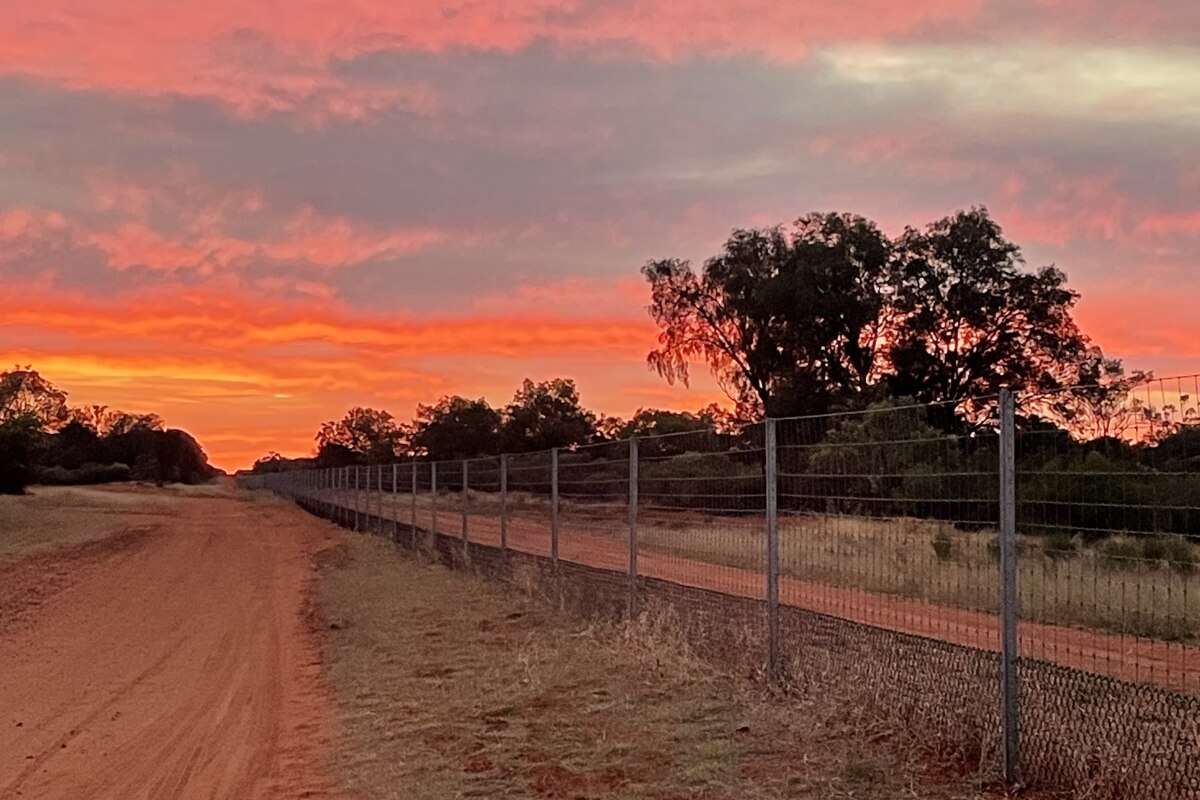How we consulted
We recently sought feedback on the Department’s recommendation to remake the Border Fence Maintenance Regulation.
A Regulatory Impact Statement (RIS) was developed to provide details of the recommendation and the potential outcomes if the regulation were to lapse. The draft Border Fence Maintenance Regulation 2025 was also prepared.
A total of 45 submissions were received.
Outcome
The Border Fence Maintenance Regulation was remade on 22 August 2025 without any changes.
About the Border Fence Maintenance Regulation
The border fence is a 600 km dog-proof barrier along the New South Wales, Queensland, and South Australian borders.
This fence is crucial in keeping dingoes and wild dogs out of sheep, goat, and cattle grazing areas in western New South Wales.
The fence is continuously monitored and maintained to ensure its effectiveness.
Landholders in the western division of NSW with properties over 1,000 hectares pay an annual fee, used by the Border Fence Maintenance Board to maintain and upgrade the border fence.
The Border Fence Maintenance Regulation caps the maximum rate landholders pay at 7 cents per hectare of land they own. Currently, the annual fee is 6.3 cents per hectare.
NSW regulations undergo a review every 5 years to ensure they are current and effective. As a part of this review, the Department must consider the option of repealing the regulation or remaking the Border Fence Maintenance Regulation.
The Department conducted a review and recommended remaking the Border Fence Maintenance Regulation without any changes. The review found that the fence provides a high net benefit to farmers, local communities, and the rest of NSW.
Remaking the regulation without changes means the capped rate of 7 cents per hectare will remain the same.
Other key components, such as the information on rates notices and payment of interest on rates, will also remain the same.
